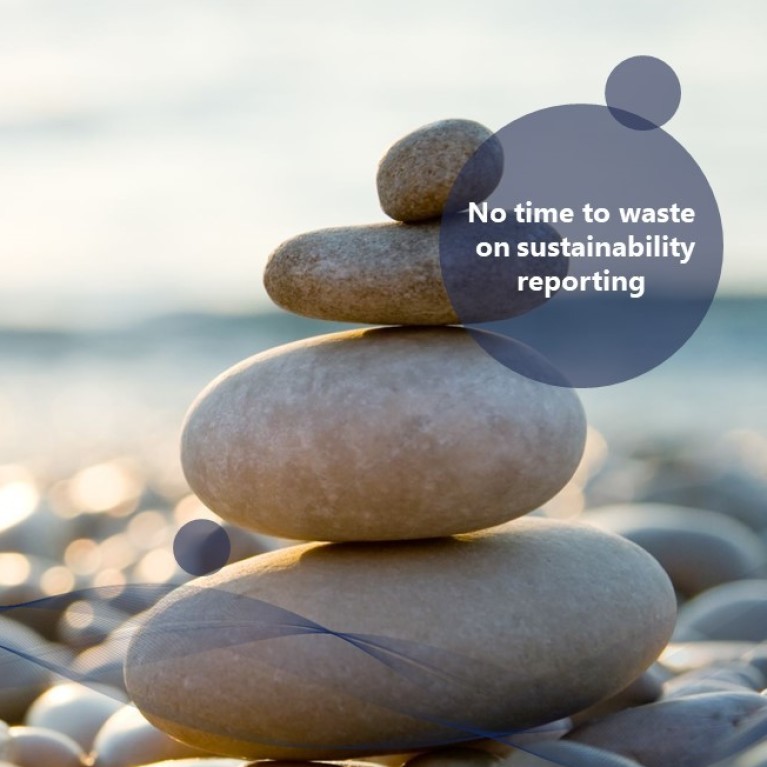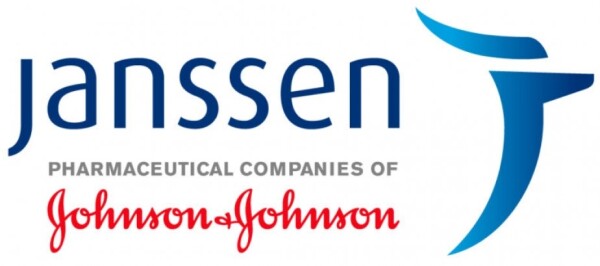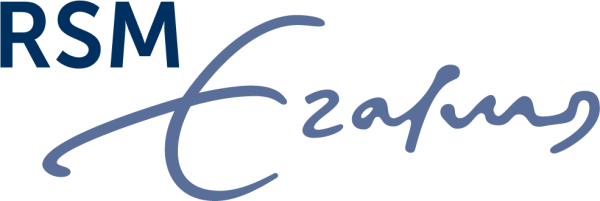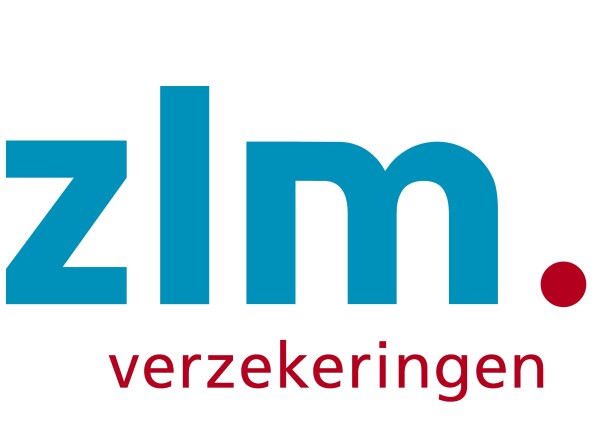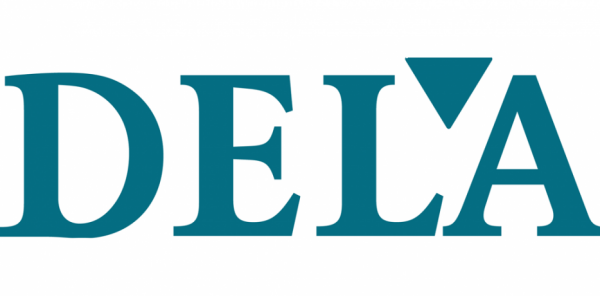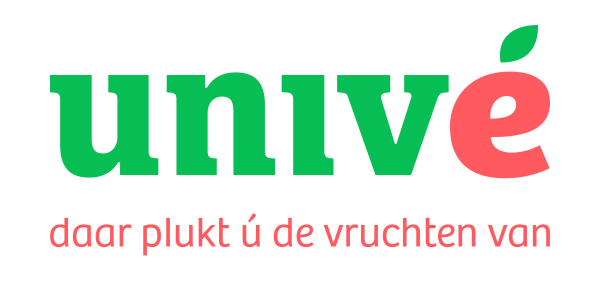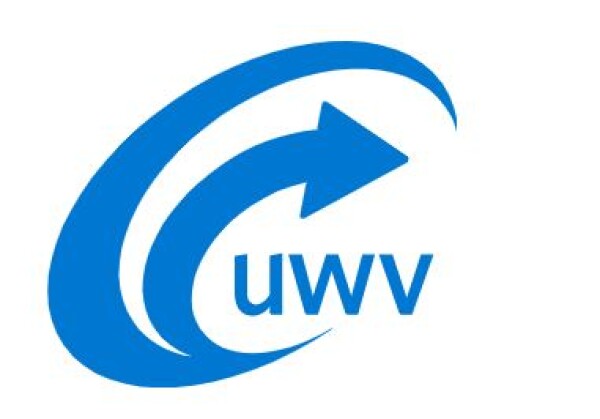Harmonization in sustainability reporting is on its way
Event
On January 12th, 2021, the so-called big-5 (CDP, CDSB, GRI, IIRC and SASB) hosted a webinar called “Progress towards a comprehensive corporate reporting system: Webinar with the leading sustainability and integrated reporting organizations” where they presented their thoughts and insights on how to achieve a common corporate reporting system. A few of the highlights of this webinar, and their implications for reporting entities, are listed below:
- Language matters! It has been noted many times by various companies and organizations that there are too many definitions of sustainability and too many standards and frameworks that these companies need to comply with. For instance, both GRI and SASB talk about ‘dimensions of sustainability’, but have identified different topics. IIRC and SASB talk about ‘capitals’ but sometimes they mean the same thing with different words, in other cases they mean different things when they use the same words, for instance with ‘human capital’.
- Defining a scope is key for reducing complexity and organizing alignment! All five organizations are in favor of using the framework as presented by the TCFD for defining the reporting pillars. These will then be: 1. Governance, including controls and procedures, and board skills and competencies to govern and manage strategies, 2. Strategy, based on the concept of dynamic materiality (issues can change over time, and therefor are dynamic), 3. Risk management, with disclosures on management approach and identification and prioritization of risks, and 4. Metrics and targets that reflect the impact
- Harmonization is key, to better understand the information by stakeholders, to better compare performance and risk exposure, and to increase cost efficiency. Sector specific metrics should be obtained, if not already in place, to ensure alignment and to reduce complexity for reporting entities.
- (Disclosure on) scenario analysis will become more important, both for strategic purposes as well as for risk management purposes.
The webinar left me with a few questions.
- Where is double materiality? All five organizations talked about the impact of climate change and other sustainability related matters on the financial position of the organization, but not on the impact of the organization on climate change and other sustainability related matters.
- Will the IASB (IFRS standards setting board) be able to come with one corporate reporting framework for sustainability? All five organizations emphasized that they are not in competition with the IASB, but are the enablers to provide the IASB with relevant information and knowledge if the IASB decides to move to sustainability standards.
- Will these changes drive true systems transformation, needed to reach the SDGs? I posed this question at the webinar, and was lucky that it was picked as one of the few questions that was discussed during the webinar. Eric Hespenheide, CEO of the GRI, answered that in order to drive change, sustainability reporting needs to become mandatory. “We can no longer rely on the willingness of companies that want to report on their sustainable performance.” He added, that by defining common metrics and standards comparability will be enhanced, and decision makers can organize that capital flows in the right direction. I would like to add that it not only matters if organizations report on their sustainability performance, but that also should be taken into account what organizations report.
There was a nice closing remark by Mardi McBrien, managing director of CDSB, that these developments in no way should be interpreted by organizations to slow down or to stop reporting. On the contrary, organizations need to go further and faster in order to meet the SDGs and the Paris Agreement, to name a few. I couldn’t agree more!
Nicolette Loonen - Founding partner TOSCA
Terug naar nieuws